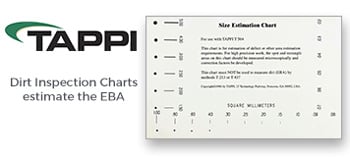Modeling of Coating Structure Development, 1996 Coating Conference Proceedings
Paper and paperboard surfaces are often coated to improve optical and printing properties. These coatings are composed of pigments, binders, and other additives. However, there is only descriptive or qualitative understanding of how these ingredients, when added in different amounts, consolidate into a structure. A three-dimensional model, based on pigment and binder size distributions, is proposed here to characterize coating structure development during consolidation. Particles are placed into a structure to simulate the dewatering event after coating. Coat weight, percent solid, particle populations and sizes are the input variables of the model. The model predicts the physical position of spherical particles with any size distribution. From the knowledge of the physical positions of all particles, the void fraction, pore sizes, and roughness of the coating layer are obtained. The shrinkage and roughening are calculated when the latex particles coalesce into a film. The gloss is estimated from the roughness using literature relationship between gloss and roughness. The locations of different sized particles in the structure are obtained. The model gives porosity values for uniform spheres and bimodal distributions which are in good agreement with the literature. Results indicate a non-uniform distribution of small particles in the structure. The model predicts that shrinkage and roughness increase with binder content as experiment trends show. Pore size distribution calculations compare well with literature results. Details of the pore space are now characterized.





